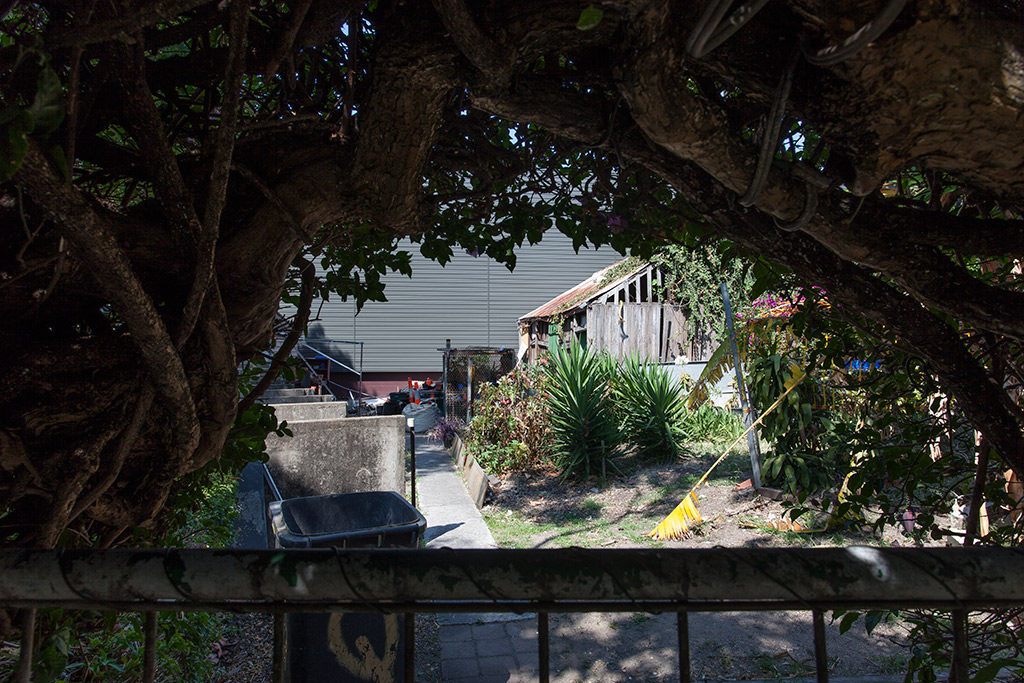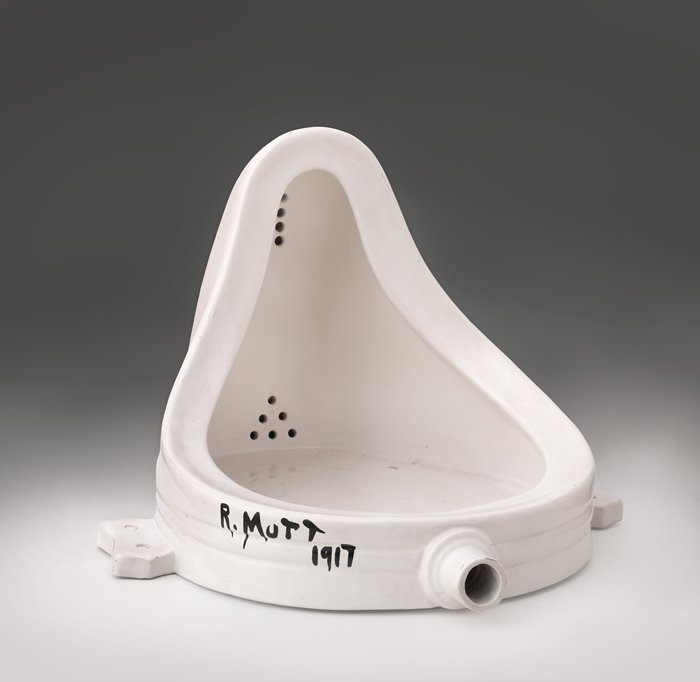I started work in the Old Museum in the entomology section in February 1982 and so had four years there until we moved in 1986.
I had visited as a young kid and always wanted the keys to the insect display cases. So I achieved one of my childhood ambitions. Many of these insect displays had been done by Henry Hacker in the early twentieth century and had not changed. There were some modern panels in the old cases but not many. The old displays had canvas covers to exclude the light, which you lifted to look at them. These were later removed. The cases were beautiful cedar, with turned legs and angled panes of old glass on each viewing side. The displays were on angled, paper-covered pine boards with old, specially printed labels on grey card (done by the Government Printer) and the insect specimens were pinned directly into the hoop pine through the white paper. There were many interesting life histories and rare specimens but time had faded them. When the move came we kept the specimens but could not store the whole displays.
Some fish were displayed in similar cedar cases. The fish were hand-painted plaster casts. I remember being on the display floor with other staff, when a nearby young girl suddenly burst into giggles. The education officer calmly said “Ah! She’s found it”. There was a biro nib sticking out of the mouth of a parrot fish.
By that time the Queensland Art Gallery had moved out and QM staff had filled every nook and cranny of the buildings and out buildings. Admin was in a demountable, as was conservation, while history and technology was in some of the big sheds.
Art and display staff were mainly in the old concert hall where the art gallery had been. Melba had sung there in the past and it was where the city hall organ was originally installed. We could go up the grand stairway to where archaeology and ethnology collections and staff were housed. Sometimes I even went up into the towers. Now all this is deemed unsafe and off limits.
Curatorial staff were mainly in the basement, entered round the back. There was one toilet for each gender, way into the bowels of the building near the earth basement.
The wonderful library had spilled out of its main room down the long, high-ceilinged corridors and I passed old books like The Pears of New York and early hand-coloured insect publications on my way to my desk.
There was no air conditioning and the west wall heated up like an oven in summer. The concrete floors were cold in winter too. The entomology room at the end of that long book-lined corridor had staff crammed in among the lovely old cabinets with a strong smell of naphthalene. There was a big white, arched, drop-sash window at the end of the room away from me and my boss.
In spring the gardens were a delight, with wonderful hedges of jasmine, beds of Iceland poppies, pansies, stocks and roses. We used to take our morning tea out to enjoy there on nice days. During the Ekka the noise of people on the rides was a constant background. We felt privileged with free parking in the middle of it all.
The switch board was a plug-in manual type and there were constant PA announcements when the receptionist couldn’t find someone at their desk. There was a big typing pool of women typists, as there were no computers and curators spent a lot of time writing letters, long hand, which were then typed, checked, signed and the pink carbon copy filed.
The staff was relatively small and I often ate lunch with the then director and other senior staff but that was always inside, at a big old pine table. As a whole, the staff were an amazing bunch of talented, friendly people, with the most incredible range of knowledge and skills (as is still the case). There were conflicts but generally it was a happy place and the amount of work done was prodigious. Filling the whole new museum with displays was a massive job. I remember volunteering to help with whale construction one weekend. I think I helped glue on cast barnacles.
One Friday afternoon, 18 January 1985, there was a huge hail storm. It was after 4.00 pm and many staff had gone home. I remember grabbing old books off bookshelves in the late Patricia Mather’s office, as water started to pour down the walls. I don’t recall any damage to the precious books but it was a near-run thing. Other staff were trapped higher up in the building, as about 360 panes of glass were smashed by the hail and shards of glass flew everywhere. Some shards like daggers were later found embedded vertically in the old pine stairs. When I went to my car the back windscreen was smashed, there was extensive panel damage and a foot of water and ice round the pedals.
A special highlight was the day the machinery restoration team fired up the Garrett traction engine for the first time. The brightly painted engine, sounding its whistle and trundling round the bitumen drives was unforgettable, as was the pleased-as-punch face of the chief restorer.
One time, to the surprise of all, a noisy pitta turned up in the museum garden and took up residence for quite a while.
The move to the Cultural Centre was a huge job. My fellow insect technician, the late Gudrun Sarnes, and I moved 1,000 drawers of insects in the back of a Toyota Hi-Ace van, driving very slowly on many trips. Not a specimen was damaged.
I went on my first trip to Europe in 1986 but returned just in time for the final staff party at the old building. It was a lovely gathering with past and present staff all enjoying the side verandah. I still miss things about the old place.




Recent Comments